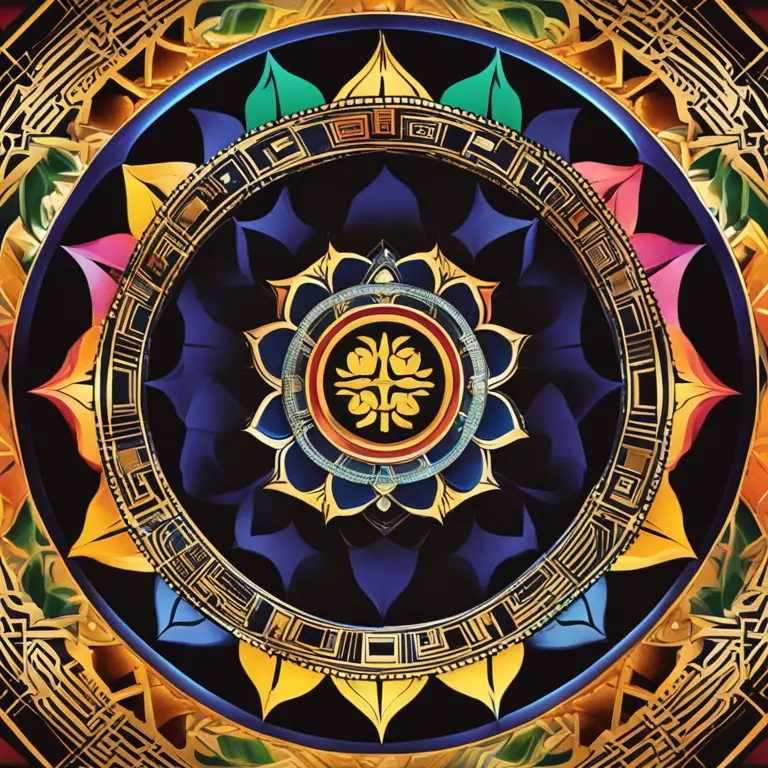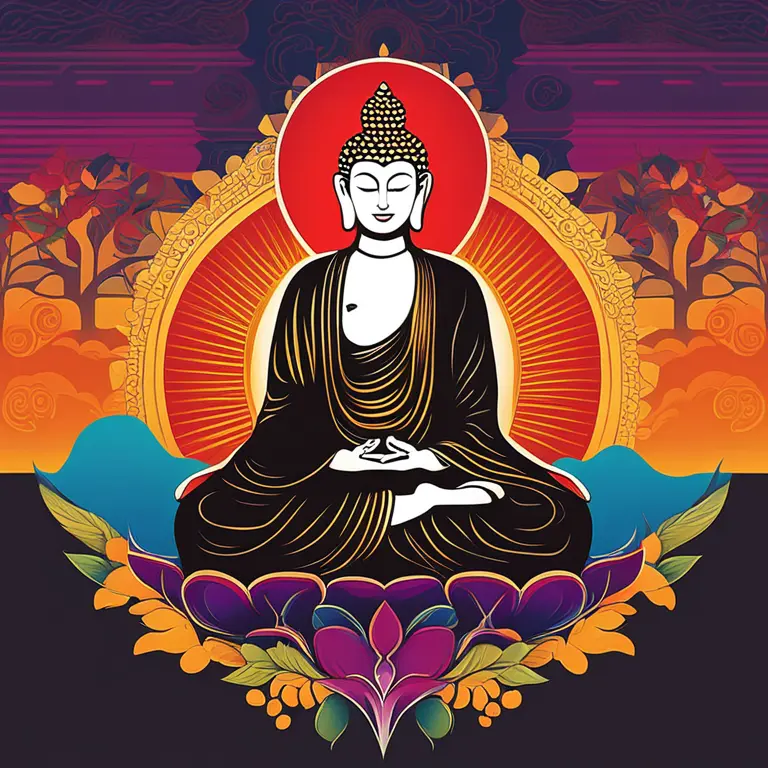
The Meditation Technique Taught By The Buddha
Delve into the ancient practice of Vipassana, the meditation technique taught by the Buddha, and discover the path towards inner peace and enlightenment.
article by Hina Kurosawa
A Brief Introduction to Buddha's Teaching
The origins of meditation in Buddhism date back to over 2,500 years ago, with Siddhartha Gautama, the individual historically recognized as the Buddha, meaning 'the awakened one.' The core of his enlightenment beneath the Bodhi tree lies in a meditation technique that remains pivotal for practitioners seeking a path to awakening today. This technique emphasizes a profound understanding of the mind and reality, guiding individuals towards liberation from suffering.

Vipassana: Insight Meditation
Central to the Buddha's teaching is Vipassana, also known as insight meditation. The Pali word 'Vipassana' means clear seeing or insight into the true nature of existence. It involves direct observation of the mind and body, recognizing their impermanent, unsatisfactory, and non-self characteristics. Practitioners learn to experience reality in an unfiltered manner, fostering a transformative awareness that leads to Nirvana – the extinguishment of dissatisfaction and anguish.

Practice's Core Elements
The practice of Vipassana meditation incorporates several core elements that cultivate both samatha, calmness of the mind, and vipassana, insight. The technique begins with mindfulness of breathing to establish concentration. As the practice deepens, the meditator observes bodily sensations, mental formations, and phenomena, developing equanimity toward all experiences. The reflection upon the three marks of existence—impermanence, suffering, and no-self—becomes integral to this process.

The Four Foundations of Mindfulness
The Buddha structured his meditation guidance through the Satipatthana Sutta, which outlines the Four Foundations of Mindfulness. These are mindfulness of the body, feelings/sensations, mind/consciousness, and mental objects. By methodically observing these aspects of human experience, a meditator can dissect the illusion of a permanent self and encounter the liberating truth of moment-to-moment change.

Accessibility and Adaptation
Vipassana meditation does not belong to any specific sect and is propounded as a universal remedy for universal ills, making it accessible for anyone to practice regardless of religious background. In modern times, this technique has been adapted and taught in various formats, from 10-day silent retreats promulgated by teachers like S.N. Goenka, to daily practice routines advised by contemporary meditation instructors.
Challenges and Modern Integration
In the digital era where distractions are rampant, integrating the practice of Vipassana into daily life poses notable challenges. Yet, technology also offers new avenues for learning and practice via apps, online courses, and virtual retreats. Still, traditionalists emphasize the value of in-person guidance, highlighting the importance of a teacher for personal feedback and direction in meditation practice.
The Path Forward
As we move further into the 21st century, the timeless wisdom of the Buddha's meditation technique remains as relevant as ever. For secular or spiritual seekers alike, the journey of Vipassana offers a profound tool for self-exploration and self-transformation. It reaches beyond religious or cultural boundaries, inviting all individuals to embark on a path toward a clearer, more compassionate understanding of their existence.
Published: 1/18/2024
Modified: 1/18/2024
More predictions
Come back here soon to learn more about yourself and your future

